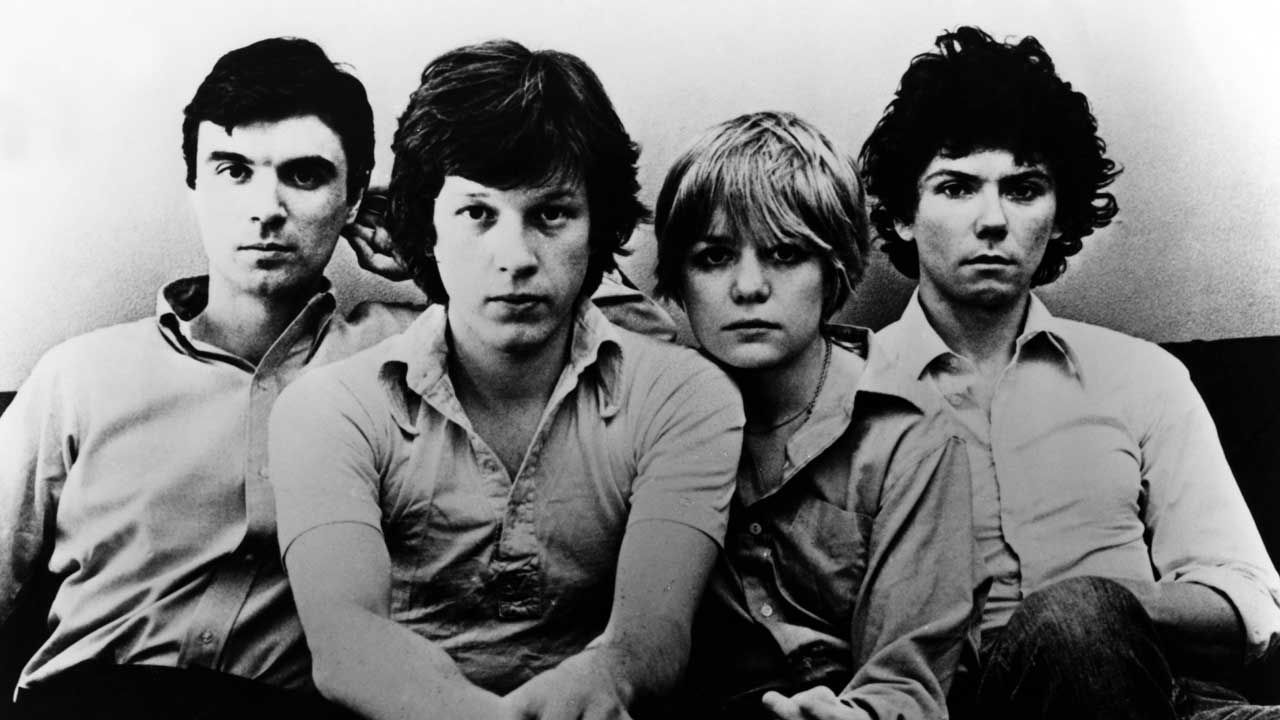
In the wake of their debut album 77, Talking Heads found themselves critically successful and, thanks to its single Psycho Killer, noted for David Byrne’s cold-eyed observation songs. On their second album they ditched the brass section and any remaining cutesiness, and set about inventing much of the 80s.
They’d already made an impact on critics with a sound that seemed to take the existential blankness of European art-rock and filter it through a uniquely American lens, like a preppy Albert Camus, a style that, with its brainy lyrics and jerkily funky rhythms, would have a massive influence on any new group out of Britain or the US who didn’t want to sound like the Sex Pistols.
Talking Heads could have made a career out of that first album. Instead they pushed things further. They brought in Brian Eno, famous for concepts, to produce. Eno brought along his many ideas and noises, and the result was a beefier, if somewhat muddy-sounding, collection of songs that weren’t so much about buildings and food as about art, artists and, in the case of the brilliant The Big Country, how rubbish normal Americans were (the fabulous line ‘I wouldn’t live there if you paid me to’ is the nearest David Byrne ever got to a punk sneer).
The results were largely fantastic, as Byrne and Jerry Harrison’s guitars galloped and scritched like every indie record and post-punk song would afterwards, while Tina Weymouth and Chris Frantz set about inventing a rhythm section that would have hits in its own right. Add to that the band’s first hit, a cover of Al Green’s Take Me To The River that went Top 30 in the US, and you have an album that, while transitional, remains something of a classic.
Some early Talking Heads fans would say something was lost when the band lost their preppy soul edge and went down the Byrne and Eno art-school alleyway with their next pair of albums. Others might say More Songs About Buildings And Food suffers from being a halfway house between the band’s early sound and what it would become under Eno and Byrne’s constrictive guiding hand. But even as a transitional record More Songs About Buildings And Food is extraordinary.
This new edition includes recordings of two contemporary live shows, alternative versions and a big ol’ book too.







